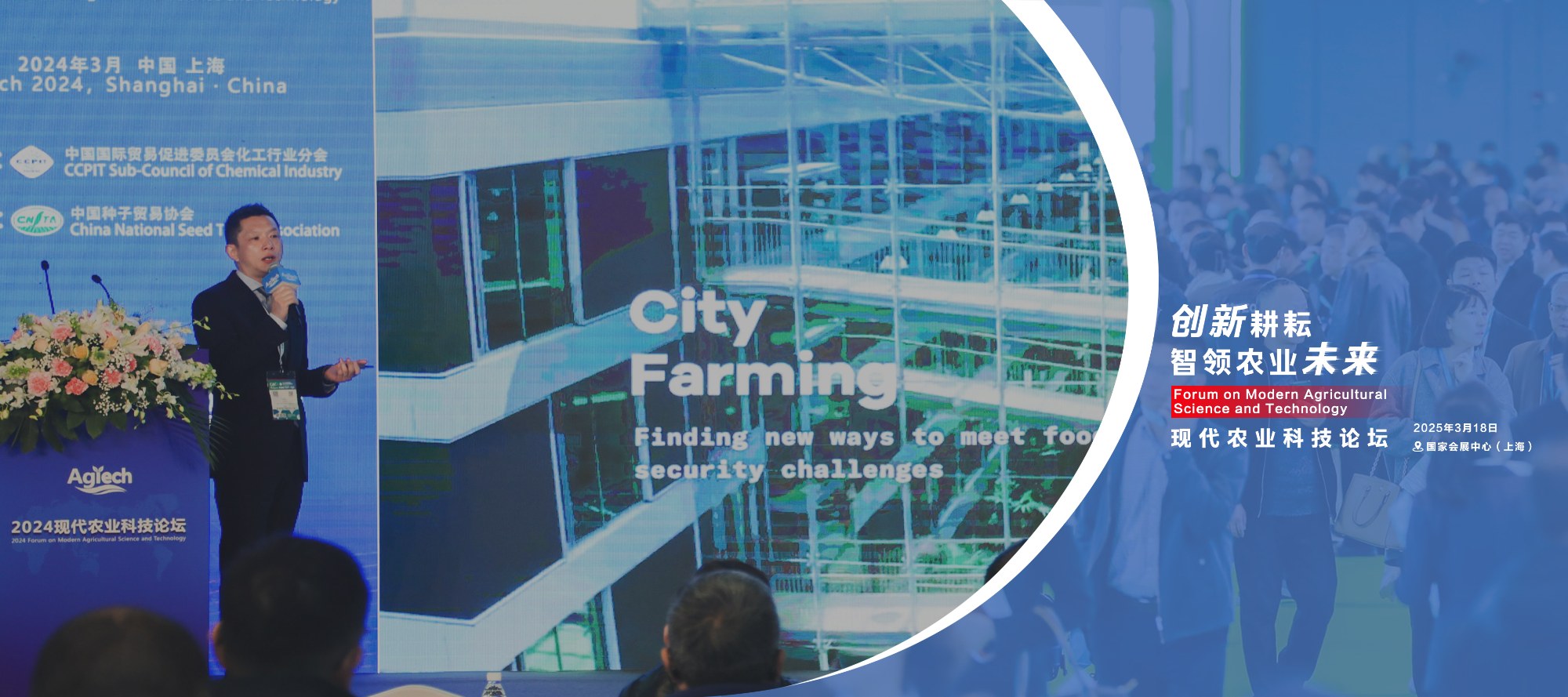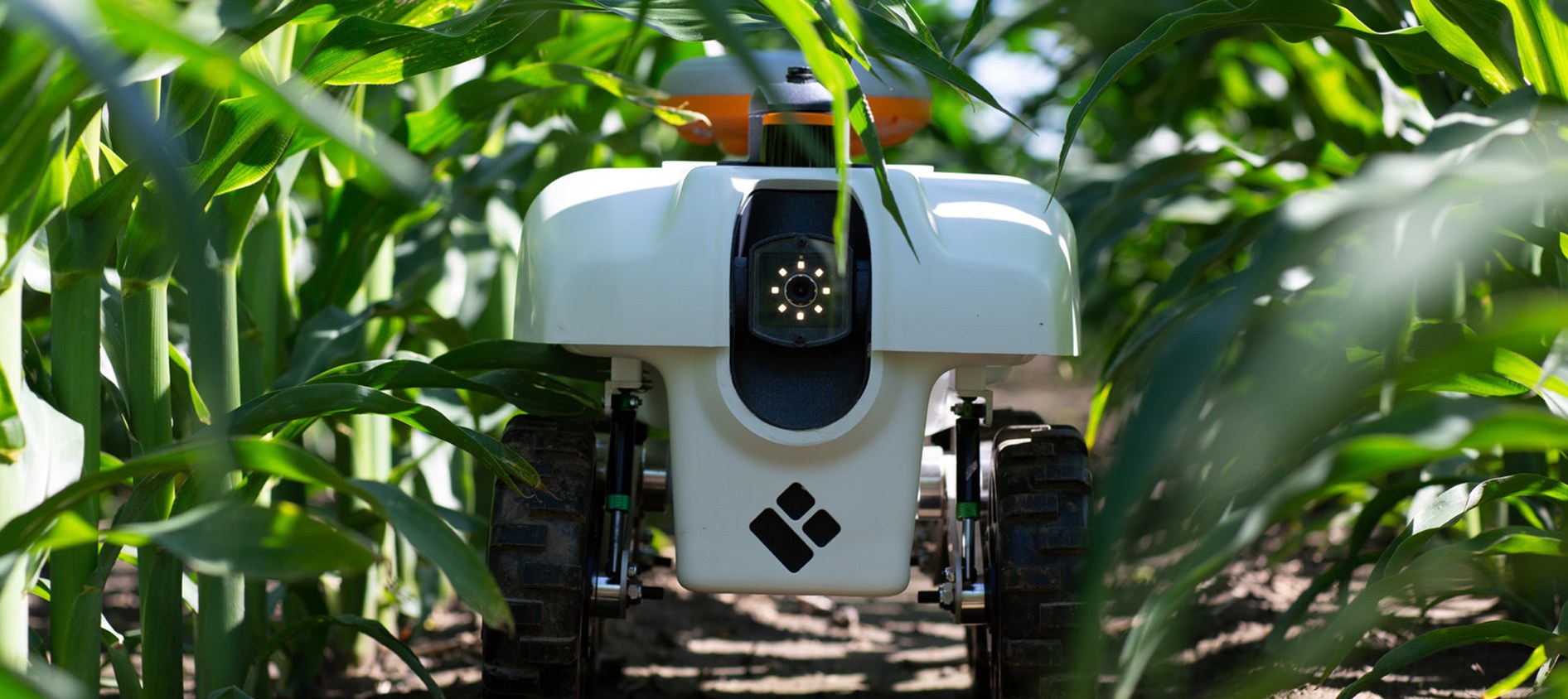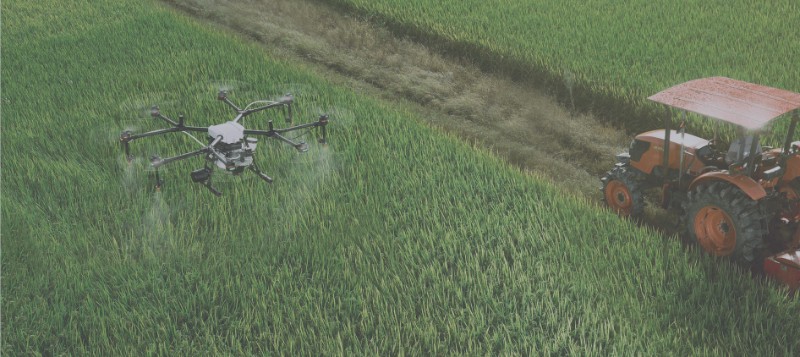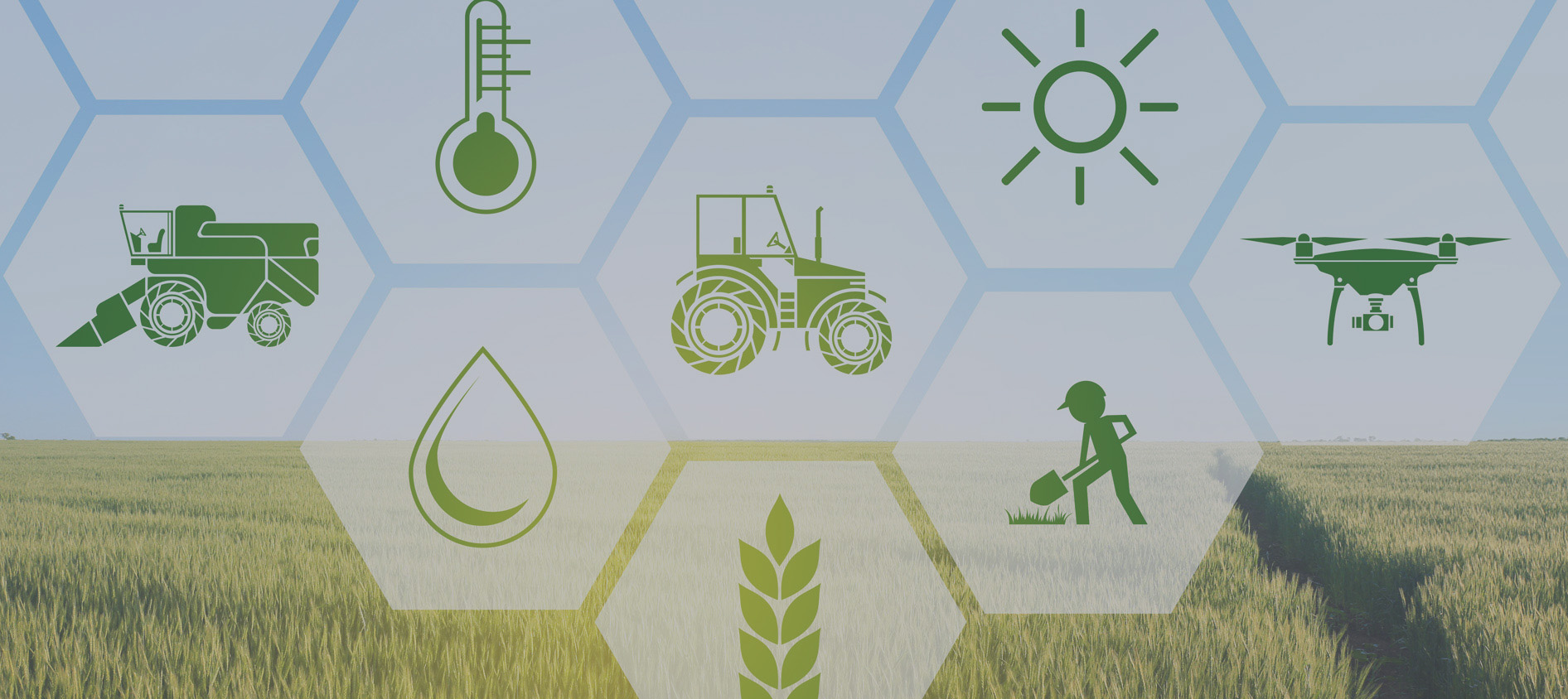What is drip irrigation?
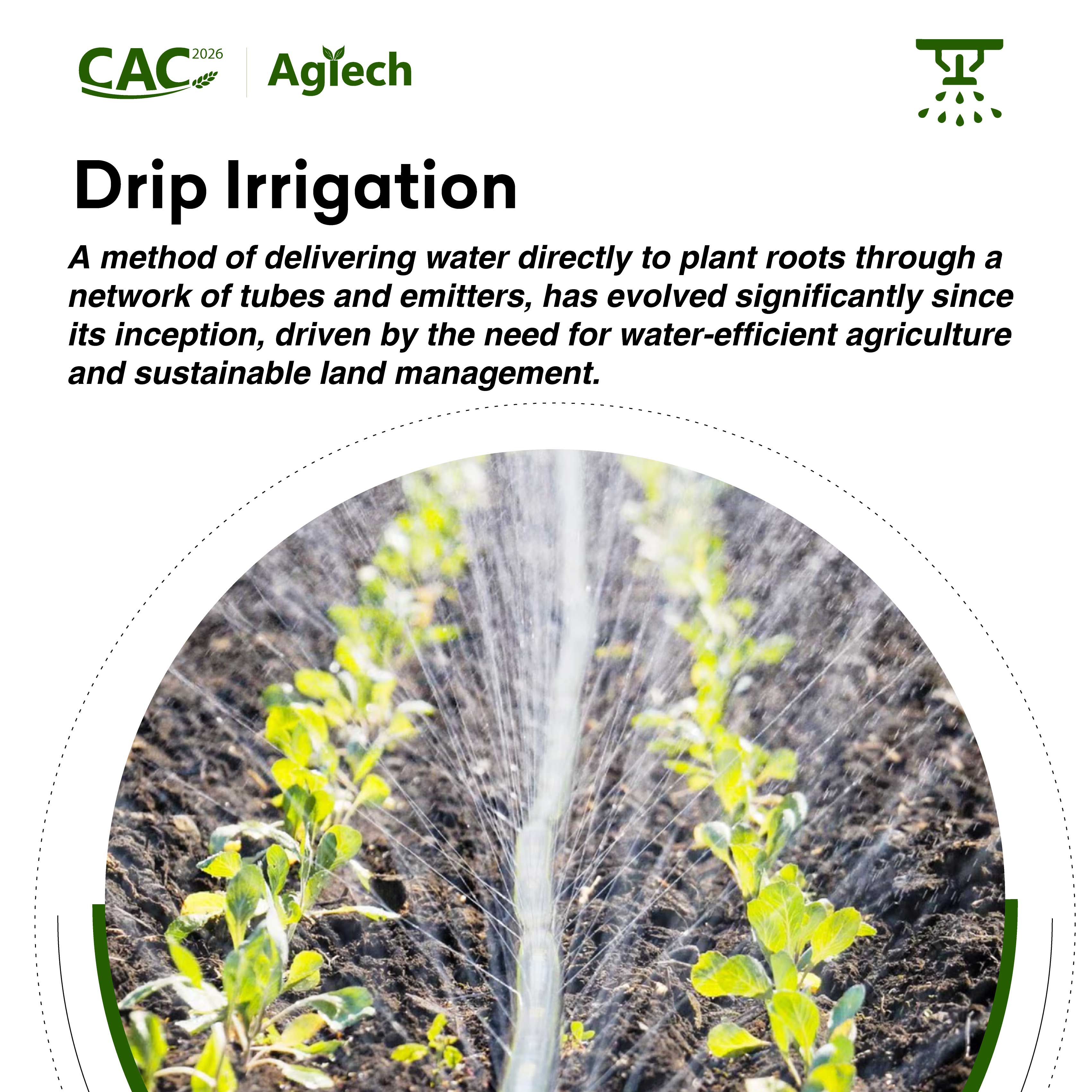
Drip irrigation, a method of delivering water directly to plant roots through a network of tubes and emitters, has evolved significantly since its inception, driven by the need for water-efficient agriculture and sustainable land management. Its development spans centuries, with key innovations shaping its modern form.
Early Beginnings
The concept of targeted irrigation dates back to ancient civilizations. As early as 6000 BCE, farmers in regions like Mesopotamia and Egypt used clay pots buried near plants to slowly release water, a rudimentary form of drip-like irrigation. These porous vessels, known as ollas, allowed water to seep into the soil, minimizing waste. Similar techniques were used in ancient China and parts of pre-Columbian South America.
19th and Early 20th Century: Precursors
In the 1800s, advancements in pipe manufacturing and water distribution laid the groundwork for modern irrigation. Perforated pipes were experimented with in Europe and the United States to distribute water to crops, but these systems were inefficient, prone to clogging, and lacked precision. The focus remained on flood and furrow irrigation until water scarcity and mechanization spurred innovation.
1930s–1950s: Foundational Innovations
The modern era of drip irrigation began in the 1930s in Israel, where water scarcity drove agricultural innovation. Simcha Blass, an Israeli engineer, observed a tree growing larger than its neighbors due to a slow leak from a nearby pipe. This inspired his experiments with controlled water delivery. In the 1950s, Blass developed early drip systems using perforated pipes, but they were limited by inconsistent flow and clogging.
1960s: The Birth of Modern Drip Irrigation
The breakthrough came in the 1960s with the introduction of plastic tubing and the invention of the first modern drip emitter by Blass and his son. Working with Kibbutz Hatzerim, they founded Netafim, a company that commercialized drip irrigation. The use of polyethylene tubing, which was lightweight, durable, and cost-effective, allowed for scalable systems. Emitters were designed to regulate water flow precisely, reducing waste and enabling use on uneven terrain. By 1965, drip irrigation was implemented in Israeli farms, boosting crop yields by up to 40% while using 50% less water than traditional methods.
1970s–1980s: Global Adoption and Refinement
Drip irrigation spread rapidly in the 1970s, particularly in water-scarce regions like Australia, California, and parts of Africa. Advances in plastics and manufacturing reduced costs, making systems accessible to smallholder farmers. Innovations like pressure-compensating emitters ensured uniform water delivery across slopes and long distances. Subsurface drip irrigation (SDI), where tubes are buried below the soil, emerged to further reduce evaporation and protect systems from damage. By the 1980s, drip systems were used for high-value crops like grapes, almonds, and tomatoes, with adoption covering millions of hectares globally.
1990s–2000s: Automation and Precision
The integration of electronics and automation in the 1990s transformed drip irrigation into a precision agriculture tool. Timers, sensors, and computerized controllers allowed farmers to schedule watering based on soil moisture, weather data, or crop growth stages. Fertigation, the delivery of fertilizers through drip systems, became widespread, enhancing nutrient efficiency. During this period, developing nations, particularly in India and China, adopted drip irrigation to address water shortages and boost food security. Government subsidies and international aid programs supported its expansion, with India alone irrigating over 2 million hectares via drip by 2000.
2010s–Present: Smart Technology and Sustainability
Recent decades have seen drip irrigation integrate with smart technologies. Internet-of-Things (IoT) devices, satellite data, and AI-driven analytics now optimize water use in real time. Systems can adjust based on weather forecasts or remote monitoring, with companies like Jain Irrigation and Toro advancing modular, solar-powered setups for off-grid farms. By 2023, global drip irrigation coverage exceeded 10 million hectares, driven by climate change concerns and water scarcity. Innovations like biodegradable drip tapes and recycled materials address environmental impacts, while research focuses on low-cost systems for small-scale farmers in Africa and Southeast Asia.
Impact and Future Directions
Drip irrigation’s development has revolutionized agriculture, enabling higher yields with less water and labor. It accounts for roughly 10% of global irrigated land but is growing faster than other methods due to its efficiency. Future advancements aim at reducing costs, improving emitter durability, and integrating renewable energy. Challenges remain, including high initial costs, maintenance needs, and ensuring equitable access for smallholder farmers. As water resources dwindle, drip irrigation’s role in sustainable agriculture continues to expand, with ongoing research into nanotechnology and advanced materials to further enhance efficiency.




